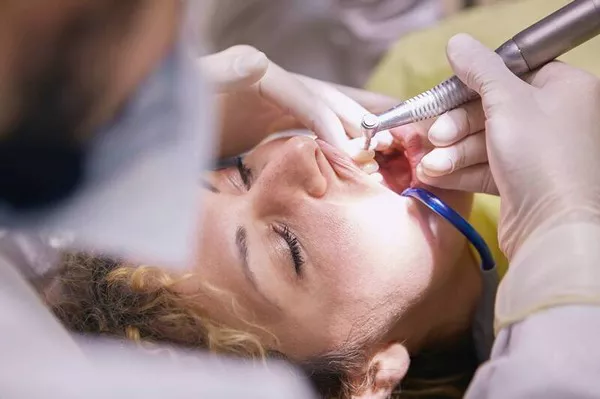Wisdom teeth removal is a common dental procedure that requires careful post-operative care, including dietary adjustments to support healing and prevent complications. After the extraction, it’s essential to follow a soft and easily digestible diet to avoid irritation or injury to the surgical sites. In this comprehensive guide, we’ll explore the best foods to eat after wisdom teeth removal, tips for preparing and consuming meals, and strategies for managing discomfort during the recovery process.
The Importance of a Proper Diet After Wisdom Teeth Removal
Following wisdom teeth removal, the surgical sites are susceptible to inflammation, swelling, and infection. Consuming the right foods can help promote healing, reduce discomfort, and prevent complications such as dry socket. It’s crucial to choose foods that are soft, smooth, and easy to chew or swallow to minimize strain on the surgical sites and promote recovery.
Soft Foods to Eat After Wisdom Teeth Removal
Blended Soups: Smooth and creamy soups, such as tomato bisque or butternut squash soup, are ideal for providing nourishment without requiring extensive chewing.
Mashed Potatoes: Mashed potatoes are a comforting and easy-to-eat option that provides essential nutrients and calories during the recovery period.
Yogurt: Greek yogurt or blended fruit yogurt can be a nutritious and cooling option that also helps maintain hydration.
Applesauce: Unsweetened applesauce is a gentle and soothing option that provides vitamins and minerals while being easy to swallow.
Smoothies: Nutrient-rich smoothies made with soft fruits, yogurt, and protein powder can provide a balanced meal replacement that is easy on the mouth.
Oatmeal: Cooked oatmeal served warm and blended to a smooth consistency is a satisfying and nourishing option for breakfast or snacks.
Pudding or Gelatin: These soft and easily digestible desserts can help satisfy cravings while providing hydration and calories.
Tips for Preparing and Consuming Soft Foods
Blend or Puree: For foods that require chewing, such as vegetables or meats, consider blending or pureeing them into a smooth consistency before consumption.
Avoid Straws: Using a straw can create suction in the mouth, which may dislodge blood clots and increase the risk of dry socket. Instead, sip beverages directly from a cup or glass.
Chew Carefully: If you choose to eat foods that require chewing, do so slowly and carefully, using the side of your mouth opposite the surgical sites.
Maintain Hydration: Drink plenty of water throughout the day to stay hydrated and promote healing. Avoid carbonated or acidic beverages that may irritate the surgical sites.
Conclusion
In conclusion, following a soft and easily digestible diet is essential for a smooth recovery after wisdom teeth removal. By choosing nutritious foods that are gentle on the mouth and avoiding hard, crunchy, or spicy foods that may cause discomfort or complications, patients can support healing and minimize post-operative symptoms. It’s essential to listen to your body, take things slowly, and gradually reintroduce solid foods as tolerated. With proper dietary care and attention, most individuals can expect to resume their regular diet within a few days to a week after surgery.
How Much Is A Wisdom Tooth Extraction
How Much Is A Wisdom Tooth Extraction
How To Eat With Wisdom Teeth Removed
































